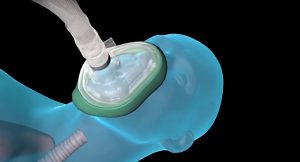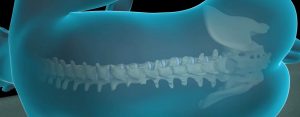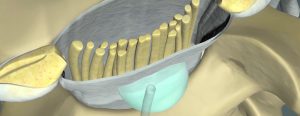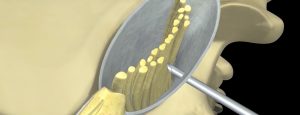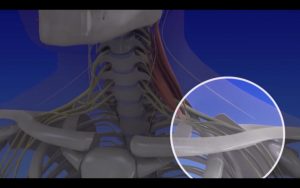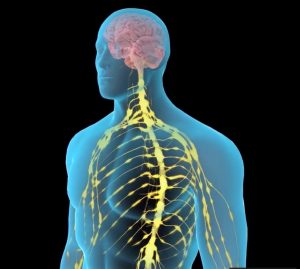Information on the different anaesthetic techniques
In order to have your operation running as well as possible and without pain, anesthesia is required.
An anesthesiologist will inform you of the sequence of anesthesia as well as advantages and disadvantages of different techniques. Depending on the intended operation, he will choose with you the most appropriate method of anesthesia for you.
MAJOR ANAESTHETIC TECHNIQUES
General anaesthesia
General anaesthesia (narcosis) is a state comparable to sleep, produced by drugs (usually injected into a vein or inhaled as vapors). The perception of pain is completely neutralized. This artificial sleep state continues in a controlled manner until the end of the intervention. Most often, respiration must be assisted.
The sedation is a form of shallow anesthesia (mainly needed in specialized examinations such as endoscopies).
Locoregional anaesthesia
The locoregional anesthesia (“partial”) allows, by various techniques to anesthetize only the body part concerned by the operation. It’s done by blocking the nerves of that region by injecting a local anesthetic. You can stay awake or be sedated (if we add sedation or by the effect of premedication). Sometimes this technique is associated with general anesthesia ( “combined anesthesia”) in order to improve the treatment of postoperative pain (during larger operations). The main locoregional anesthesia techniques are:
-Epidural anesthesia: the anesthetic is injected into the epidural space, between the spinal canal and the wall of the spinal cord.
-The spinal anesthesia: anesthetic is injected into the cerebrospinal fluid in which the nerves bathe.
-The nerve blocks: a single limb (arm, leg) is sleeping with an anesthetic injected after having located the nerves.
ANESTHESIA, SECURITY AND SIDE EFFETS
Any anesthesia takes place in a room equipped with specialized equipment to continuously monitor the “vital functions” (activity of the heart, lungs, blood oxygenation, etc.). At the end of surgery, you will be taken to the recovery room to be monitored continuously. This is where the measures to treat pain will be implemented. During this time, you will be under the responsibility of an anesthesiologist assisted by a specialized nurse practitioner.
For organization of service and safety reasons, anesthesiologists work as a team. The doctor who will practice anesthesia is not necessarily the same person you will meet preoperatively. Of course, your complete anesthesia record will be forwarded to the anesthesiologist who will take care of you.
Any medical procedure, performed even in the best conditions, involves a risk. However, the methods currently used in anesthesia are reliable and the risk of complications remains extremely low. Through continuous monitoring, any malfunction is quickly corrected. A major accident threatening life (severe allergy, cardiac arrest, asphyxia) is extremely rare. It is the same for less serious complications that are exceptional but you need to be informed of them; during general anesthesia, there is a risk of damaged teeth (especially if dental health is poor or fragile), hoarse voice or difficulty swallowing during the first days, concentration difficulties, nausea or vomiting.
Regional anesthesia can result in nerve damage but it is usually transient. The cases of paralysis or prolonged sensitivity disorder are extremely rare.
FOR YOUR SECURITY
You will need to fast (no food or drink) a certain period of time before (and after) the anesthesia. It is therefore necessary, for your safety, to comply with the requirements given by your anesthetist. The day of the operation, you will take your personal medications only on medical order. If you go home the same day of surgery, you will absolutely need to provide someone to drive you home. Indeed, it is forbidden to drive a vehicle on the day of anesthesia. You will also avoid making important decisions that day.

